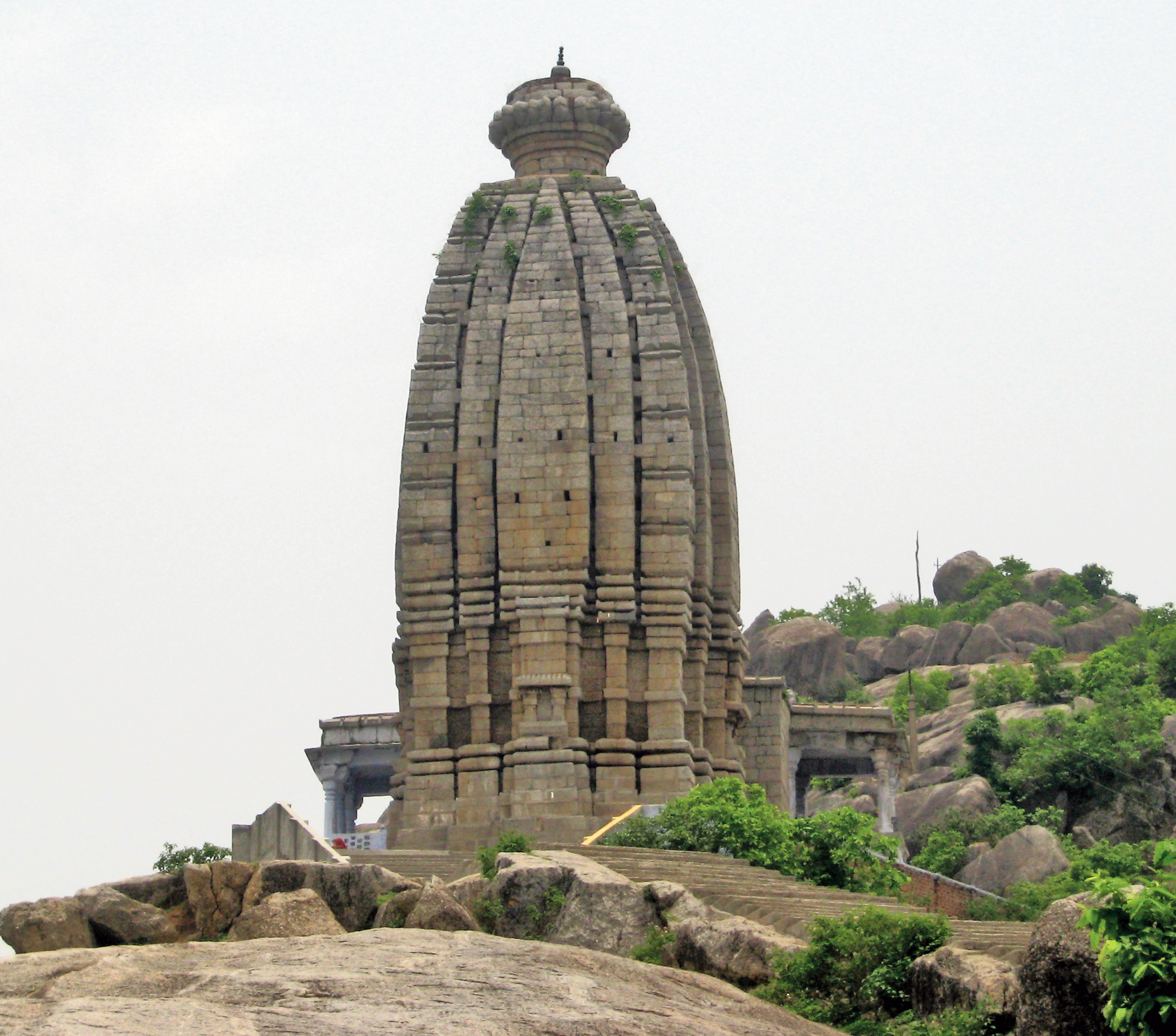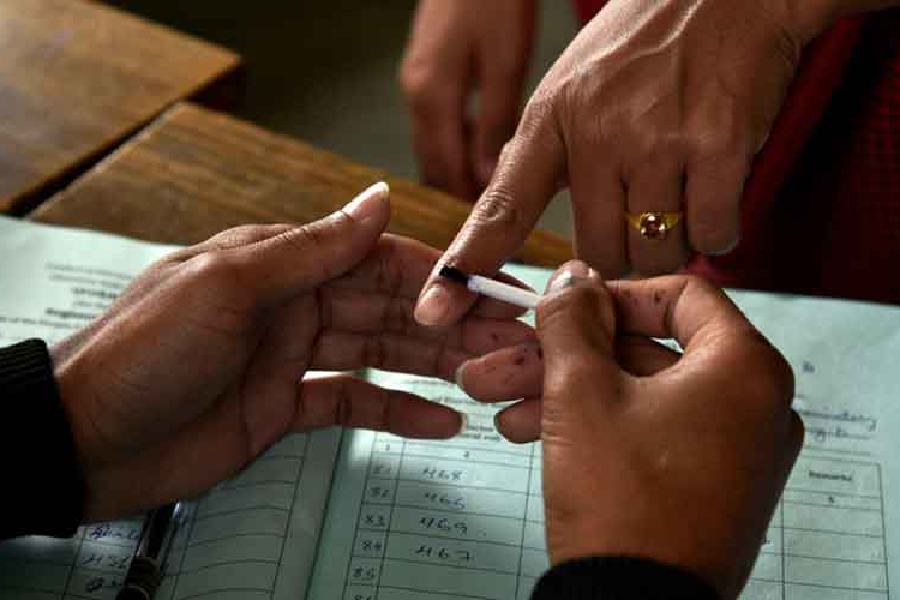From an age when humans feared nature and worshipped the Sun as the primary, most-needed god because it bestowed light and warmth and kept them safe from nocturnal dangers, its worship has travelled through history to culminate into Chhath as a great, mass festival of Lok Aastha or public belief.
From an age when humans feared nature and worshipped the Sun as the primary, most-needed god because it bestowed light and warmth and kept them safe from nocturnal dangers, its worship has travelled through history to culminate into Chhath as a great, mass festival of Lok Aastha or public belief.
We see the Sun being worshipped by almost all great river valley civilisations that came up in different parts of the ancient world.
We see the worship continue during the early Vedic period when the Sun was called Lord Vishnu moving in the sky, was also connected to Rudra, and was at one time considered the most important God.
Sun worship continued during the later Vedic period. It is mentioned in detail in the Ramayan, when Lord Rama performs it, in the Mahabharat, and various other texts.
However, Chhath, as celebrated in Bihar and other neighbouring states, is rooted less in the scriptures and more in people’s psyche. If we look deeply, we see that it has its genesis in the Puranas.
The Garuda Purana talks of how Lord Krishna’s son Samba was afflicted with leprosy. Brahmins of Shaka Dwip were called to perform prayers to evoke the Sun, after which Samba was cured of the disease.
This aspect of the Sun, as a curer of diseases, especially skin diseases, became popular among the people of Bihar. According to modern science, the Sun is the source of life on earth and its rays have healing, disinfecting properties.
Archaeologically, idol worship in Bihar dates back around 2,000 years. The oldest Sun idol discovered in Bihar so far is at Chechar in Vaishali district. It is around 1,500 years old, belongs to the Gupta period and is kept in a temple there. In fact, Emperor Kumar Gupta got several Sun temples made.
Sun God idols are found everywhere, across the length and breadth of our state. They are in various styles that developed after the Gupta period.
Many of them are kept in temples like Subhadrasthan (West Champaran), Ghansyampur and Gorhail
(Darbhanga), Baruar and Andhratharhi (Madhubani), Sawas and Aurai (Muzaffarpur), Kandaha and Patori (Saharsa), Birpur (Begusarai), Kishanganj, Barh (Patna), many places in Gaya and the most famous Deo Temple in Aurangabad.
There are many more temples. At many places the Sun statue is kept either in the open under the trees or on platforms built inside agriculture fields.
We also see Chhathi Devi being worshipped during the festival. Archaeologically, she is the wife of a local god, Naiganesh, and her terracotta figurines have been found in various places, including Balirajgarh in Madhubani where the Archaeological Survey of India (ASI) has carried out some excavations.
Though the name of the festival is derived from Chhathi Devi, all rituals and folk songs are devoted to the Sun. How and why these rituals developed is not clear yet, but one thing is for sure that all the things used in the worship are connected to the agrarian lifestyle irrespective of caste or class. Such is the impact of this mass festival that people from other religions too participate in it without any hesitation or problems.
Sun worship has extensively been carried out in Bihar since ancient times and there is a need to protect the innumerable statues scattered across the state.
Unfortunately, the state government has not even got them documented.
People refuse to part with the idols because of their faith and the fact that they worship them, but smugglers steal those that are in good condition to sell them in the overseas market.
The statues must be kept at the nearest museum to keep them safe for our posterity..
We see the worship continue during the early Vedic period when the Sun was called Lord Vishnu moving in the sky, was also connected to Rudra, and was at one time considered the most important God.
Sun worship continued during the later Vedic period. It is mentioned in detail in the Ramayan, when Lord Rama performs it, in the Mahabharat, and various other texts.
However, Chhath, as celebrated in Bihar and other neighbouring states, is rooted less in the scriptures and more in people’s psyche. If we look deeply, we see that it has its genesis in the Puranas.
The Garuda Purana talks of how Lord Krishna’s son Samba was afflicted with leprosy. Brahmins of Shaka Dwip were called to perform prayers to evoke the Sun, after which Samba was cured of the disease.
This aspect of the Sun, as a curer of diseases, especially skin diseases, became popular among the people of Bihar. According to modern science, the Sun is the source of life on earth and its rays have healing, disinfecting properties.

The Sun idol at Baruar temple in Madhubani. It also depicts Dwadash Aditya or the 12 forms of the Sun God. Telegraph picture
Archaeologically, idol worship in Bihar dates back around 2,000 years. The oldest Sun idol discovered in Bihar so far is at Chechar in Vaishali district. It is around 1,500 years old, belongs to the Gupta period and is kept in a temple there. In fact, Emperor Kumar Gupta got several Sun temples made.
Sun God idols are found everywhere, across the length and breadth of our state. They are in various styles that developed after the Gupta period.
Many of them are kept in temples like Subhadrasthan (West Champaran), Ghansyampur and Gorhail
(Darbhanga), Baruar and Andhratharhi (Madhubani), Sawas and Aurai (Muzaffarpur), Kandaha and Patori (Saharsa), Birpur (Begusarai), Kishanganj, Barh (Patna), many places in Gaya and the most famous Deo Temple in Aurangabad.
There are many more temples. At many places the Sun statue is kept either in the open under the trees or on platforms built inside agriculture fields.
We also see Chhathi Devi being worshipped during the festival. Archaeologically, she is the wife of a local god, Naiganesh, and her terracotta figurines have been found in various places, including Balirajgarh in Madhubani where the Archaeological Survey of India (ASI) has carried out some excavations.
Though the name of the festival is derived from Chhathi Devi, all rituals and folk songs are devoted to the Sun. How and why these rituals developed is not clear yet, but one thing is for sure that all the things used in the worship are connected to the agrarian lifestyle irrespective of caste or class. Such is the impact of this mass festival that people from other religions too participate in it without any hesitation or problems.
Sun worship has extensively been carried out in Bihar since ancient times and there is a need to protect the innumerable statues scattered across the state.
Unfortunately, the state government has not even got them documented.
People refuse to part with the idols because of their faith and the fact that they worship them, but smugglers steal those that are in good condition to sell them in the overseas market.
The statues must be kept at the nearest museum to keep them safe for our posterity.
As told to Dev Raj

The Sun idol at Gabay Temple in Sheikhpura Telegraph picture










